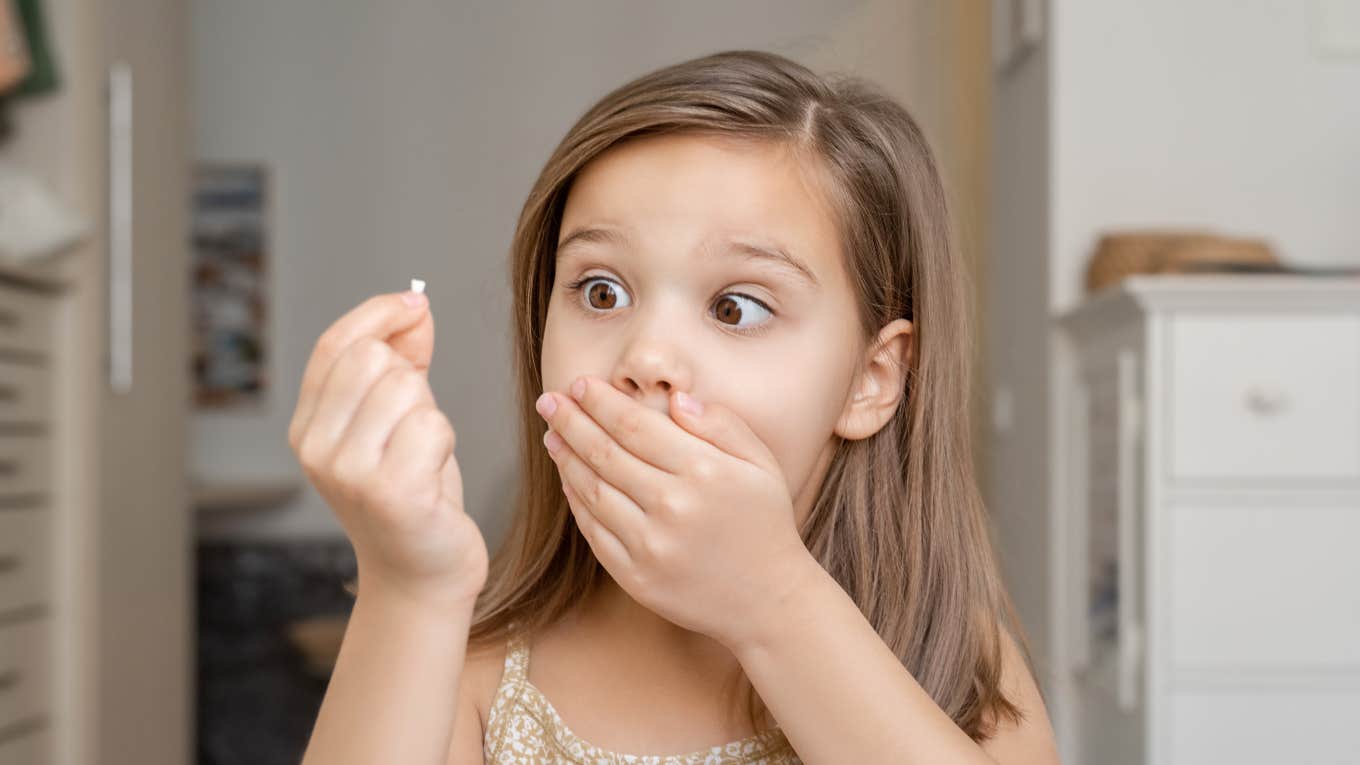How Much Money The Tooth Fairy Leaves In Different Parts Of The U.S., According To A New Survey
The Tooth Fairy gives kids a fun opportunity to learn about money.
 Nastya_Eso | Shutterstock
Nastya_Eso | Shutterstock As a kid, few things are more exciting than losing a tooth, putting it under your pillow, and checking to see how much money the Tooth Fairy brought you the next morning.
Of course, the amount of money the Tooth Fairy leaves in exchange for a tooth is up to the discretion of each family. But, Delta Dental has been tracking her spending habits since 1998 and recently shared some patterns.
Like much of the country, the Tooth Fairy appears to have become more money-conscious.
Each year, Delta Dental runs its Tooth Fairy Poll to determine how much money the Tooth Fairy (or…um…parents) leaves in exchange for a tooth across the United States. They have found some interesting insights over the years.
In 2025, the Tooth Fairy seems to be affected by the rough economy just like the rest of us. Delta Dental declared she was "on a budget" and revealed that the value for a tooth dropped 14% from the last year, bringing the Tooth Fairy’s typical gift from $5.84 down to $5.01.
“This marks one of the most significant year-over-year declines in Tooth Fairy giving since the poll’s inception,” a press release read. Of course, this lower amount is still pretty nice compared to what the average gift was the first year the poll ran in 1998 — $1.30.
The Tooth Fairy seems to be leaving a little extra money in the South.
Currently, the Southern U.S. comes in with the highest average value for a tooth at $5.71. It’s the only part of the country "to experience a year-over-year increase." Up next is the West, which clocks in at $5.69. This is a 33% decrease for the region, which still beats the national average.
In third place is the Northeast at $4.59 per tooth. This region also underwent a 33% decrease, and it’s the first time since 2020 that the value has dropped below $5.00. Coming in last is the Midwest, where a tooth can get you about $3.46. The Midwest has a habit of falling below the national average, according to the press release.
 Nina Buday | Shutterstock
Nina Buday | Shutterstock
The Tooth Fairy gives kids an important chance to learn about money.
Some people may think that the Tooth Fairy is a fanciful notion that does nothing but fill children’s heads with nonsense. However, among the 1,000 parents who participated in Delta Dental's 2025 Tooth Fairy Poll, 19% said they felt that the idea of a Tooth Fairy helped their kids learn about the value of money.
Money from the Tooth Fairy is a bit like a gift, as it differs from an allowance in the sense that you don’t have to perform a task or chore to get that money (unless you’re actively trying to pull a tooth out, that is). This gives kids the opportunity to have some extra spending money that they can decide what to do with.
And, as the Tooth Fairy’s offerings increase and decrease according to the way the economy is headed as a whole, it also teaches children that the economic world is ever-changing — something they’ll have to monitor and keep in mind when they are older.
Mary-Faith Martinez is a writer with a bachelor’s degree in English and Journalism who covers news, psychology, lifestyle, and human interest topics.

